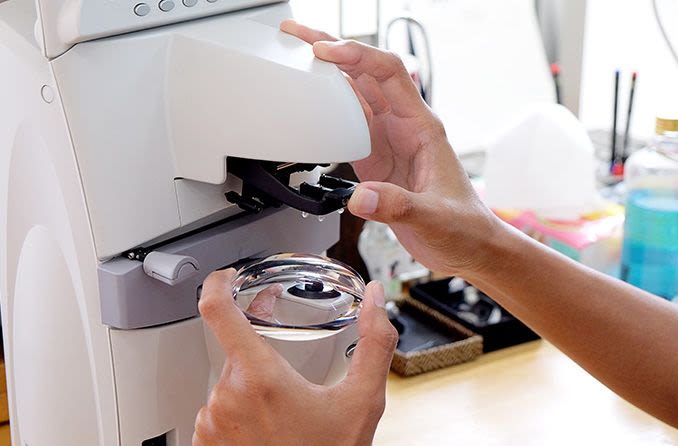How eyeglasses work and a history of glasses

The sight of eyeglasses on our family, friends and co-workers is so common today that it’s easy to underappreciate the life-changing role that this simple, vision-correcting technology plays in our daily well-being.
How do glasses work?
The ancient Romans were first to discover that by employing pieces of glass to change the refraction of light, they were able to read small print more clearly, inventing the magnifying glass in the process.
Refraction is the term given to how light slows and bends when it passes from a light-density medium such as air into the thicker density of transparent glass or plastic. We can observe the dynamics of refraction most clearly by dipping a pencil into water and observing how it no longer appears straight.
How our eyes see
Our earliest optometric pioneers discovered that how light bends as it enters the eye is key to how well we see.
To further complicate the vision challenge, light must pass through the pupil and the curved transparent outer surface of the eye called the cornea, which together shrink and curve incoming images to focus them onto the eye’s back surface, the retina, which is also curved.
Our brain sees what our retinas receive.
If your pupil and cornea adjust all incoming light to focus clearly on your curved retina backscreen, you enjoy perfect vision. However, if the projector boys focus your views in front of your curved retina screen, your distance vision will be impaired, a condition we call nearsighted or myopia.
Conversely, if your projection team focuses your views behind the retina, items close to you will appear indistinct, a condition that’s called farsighted or hyperopia.
And if the cornea itself is misshaped, it can blur our vision by forming a second focal point, a condition we call astigmatism.
Makes a movie theater look pretty simple!
This is where eyeglasses enter – and alter – the picture.

